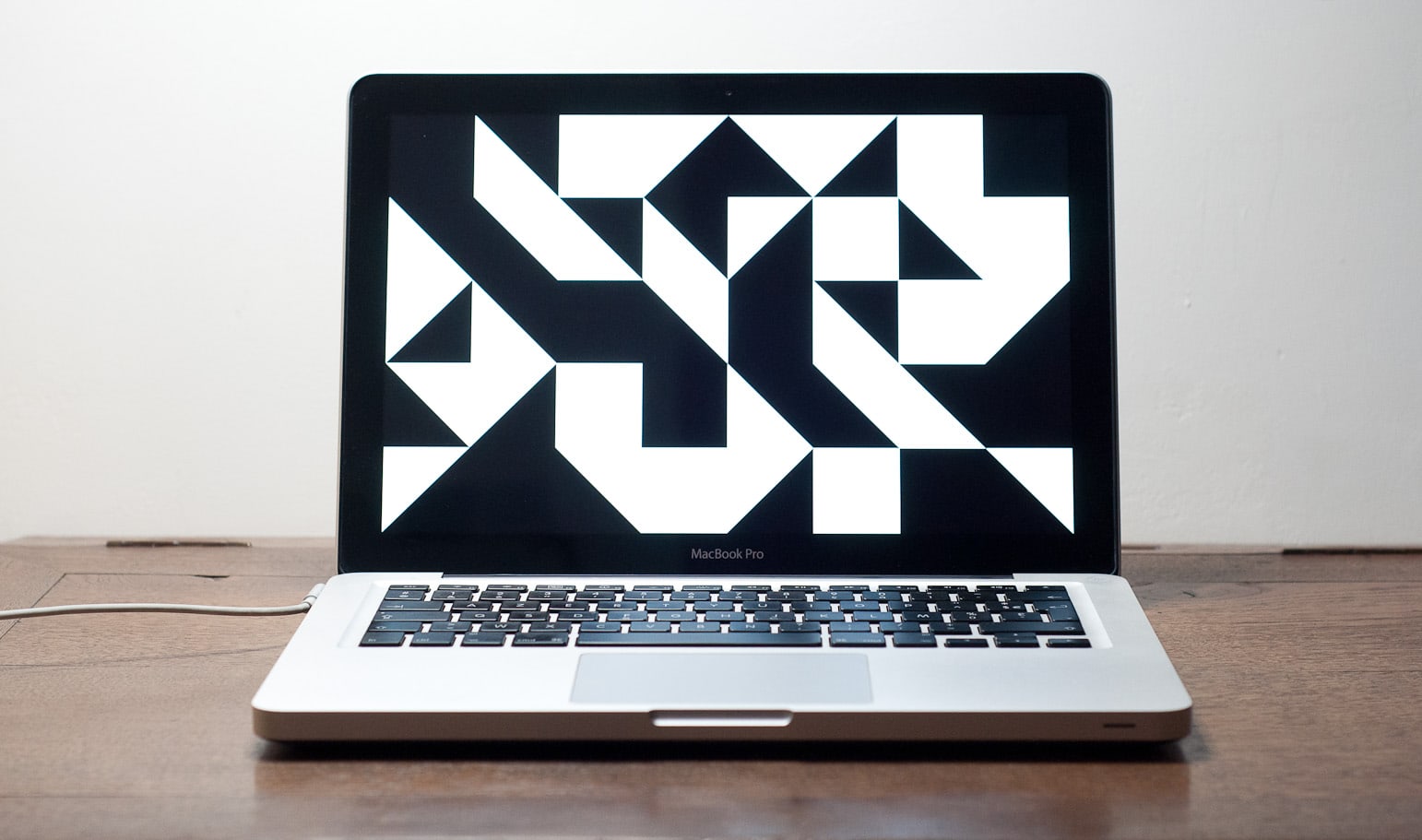
iTang
2013iTang* was born from a questioning focused on the use of software for consumer audio reading. iTunes from Apple®, is hacked from its playback feature to offer, from its native possibilities (and mainly its gadgets options), an instrument capable of composing music and image.
In a context of more and more powerful software for music creation, it seemed interesting to question the basic principles of “computer music” (M.A.O). This homecoming explores the unexploited wealth of these programs.
iTang is not a software, it offers another way to use iTunes, this is why it does not require any specific technical knowledge. iTang is as a conceptual and participatory project. It gives musicians the opportunity to distribute their works differently depending on singular modalities. By very simple means, it also creates a new listener / author report. Reciprocally it is an opportunity for the listener to reconstruct the music to his liking, to appropriate it and create others later.
* ITang: name given in reference to the Chinese Tangram game.
En amont du projet iTang, j’ai conçu un programme qui composait à partir d’une partition booléenne (type 1 = on, 0 = off) des formes géométriques à partir d’un triangle rectangle. Chaque cellule de la grille correspondait à une note (fréquence sinusoïdale). Lorsque un triangle était placé dans une cellule, le son correspondant était joué. Ainsi, la multiplicité des formes associées créé une harmonie musicale (un accord) qui découle de la proposition graphique.